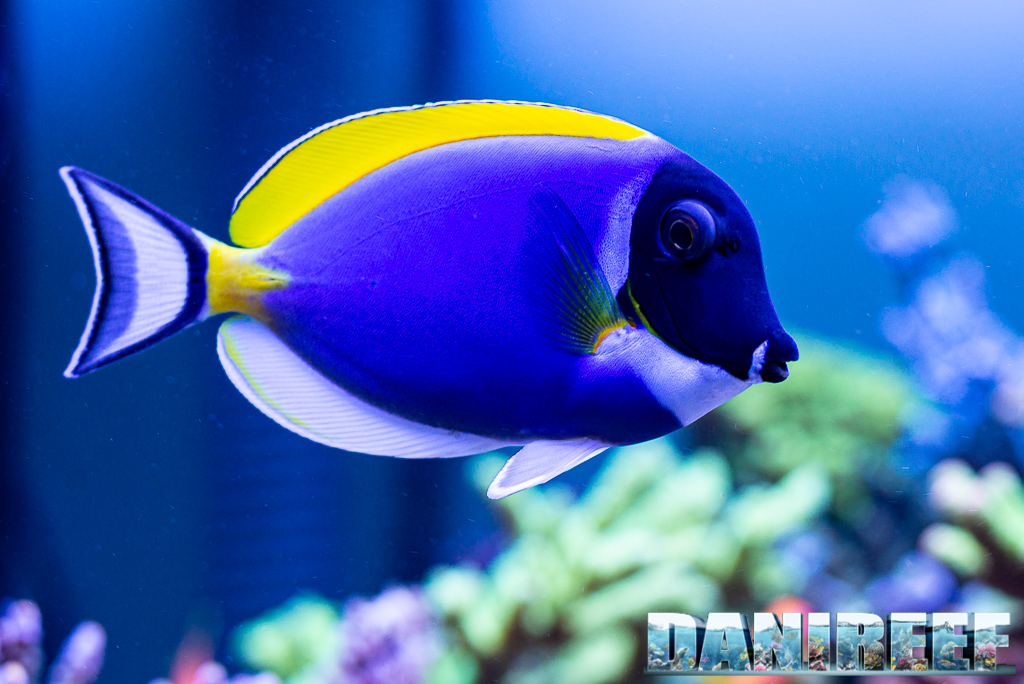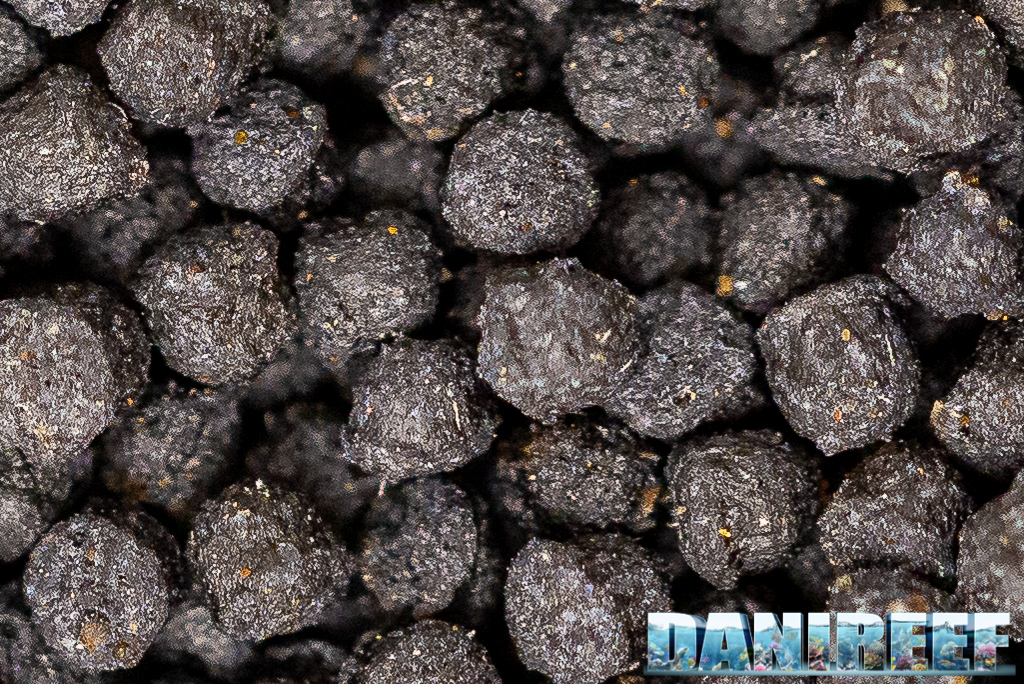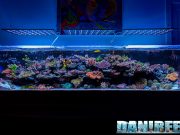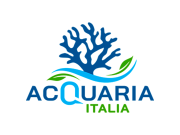Light and color
The light is one of the most important factors of our aquaristic system. It’s the success key of marine aquarium. It doesn’t regards only corals, but also our fish. First of all it’s important at the biological level.

It guarantees the natural metabolic rhythm of our animals. The relationship between fish and light sure it’s complicated and isn’t the same for all the species.
We can say that fish have two way to modify their color.
The first one is obviously physiological, that is produced by the movement of the pigmentary grains in the chromatophores, for example for mimic purposes or particular emotional conditions.
Instead, if it is the case of a response of the animal to certain environmental conditions, the process can be longer, and it’s called morphological change of color. These morphological changes can be identified in different life stages of our animals.
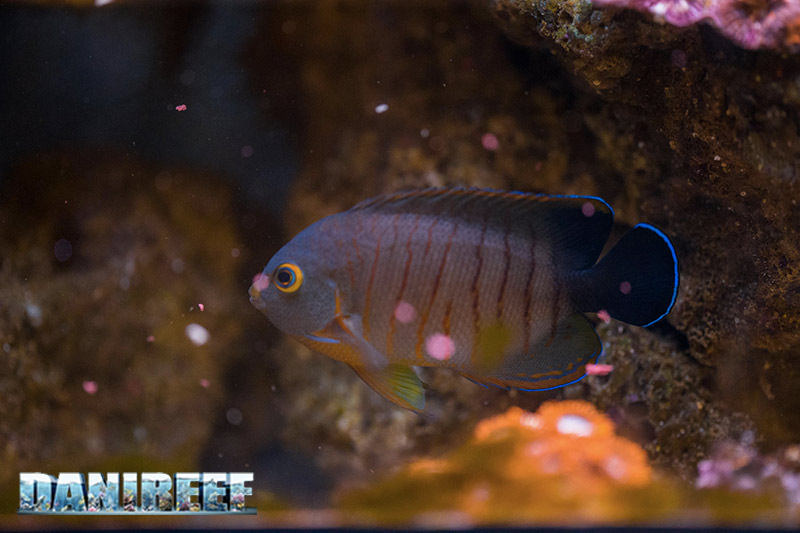
For example, they can be produced when a fish lives a long time in an improper environment, in low light condition or with too much light.
If a seabed fish is forced to live in the surface or vice versa, its pigmentation will increase or decrease, darkening or brightening it, and so responding to the environmental stimulus. That’s why the light in our tanks has, anyway, a very important role upon our animals’ coloration and health.
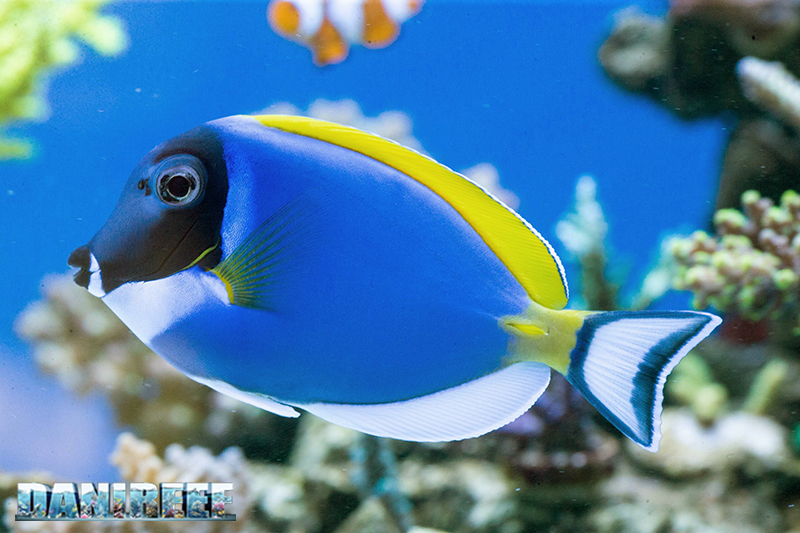
The right diet
Feed our own fish in the right way it’s one of the most complex things to do for us aquarists, and many times it’s underestimated. Our animals have to consume a complete food in order to not pollute our aquarium. Moreover it’s a good choice dividing the daily feed during the day, imitating what would happen in nature.
The quality of the food is also very important. A correct and balanced diet, with the use of quality food, will influence well the health of our animals.
So here’s an example of a good feed cycle for our fish, that I use with optimal results:
- Spirulina and astaxanthin in scales three times a week;
- Artemia or mysis once a week (living or frozen and rinsed with osmosis);
- Granular once a week;
- Available foos, once a week and algae nori if there are some Acanthuridae;
- Scales or dry food with the addition of some drops of vitamins once a week.
So if you consider: the right light, the right diet, the vitamins supply (for the brightness and the health of the animals), you will give all that your fish need for their best coloration.
Danilo (aka DaniReef) has a different approach: he uses granular or pellet food everyday as principal feed and adds algae nori or living food if available, without using frozen food. And his fish has at least ten years in aquariums and they all have bright colors. So I invite you also to read this interesting deepening on the fish feed: the fish feeding.






